Rug cleaning involves understanding fiber types, regular vacuuming, spot treatments, and professional services for deep cleaning. Effective hand cleaning combines vacuum, pH-neutral detergent, and soft-bristled brush, with periodic rotation and spot cleaning. Machine washing is suitable for machine-washable synthetic or wool rugs, using mild detergent and air drying. Professional services offer tailored techniques like hot water extraction and dry cleaning, followed by thorough drying and optional treatments. Proper post-cleaning care includes air-drying, minimal foot traffic, and curing over several days to extend the rug's lifespan. Avoiding common mistakes requires balanced cleaning routines and suitable equipment.
Rug cleaning is an essential aspect of maintaining a clean and healthy home environment. Understanding the unique cleaning needs of different rug types is crucial for effective care. This comprehensive guide delves into various aspects of rug cleaning, from identifying suitable cleaning methods based on fabric types to mastering techniques like hand cleaning and machine washing. We’ll explore professional services, post-cleaning drying processes, and common mistakes to avoid, ensuring your rugs stay in pristine condition.
Understanding Your Rug Types and Their Cleaning Needs
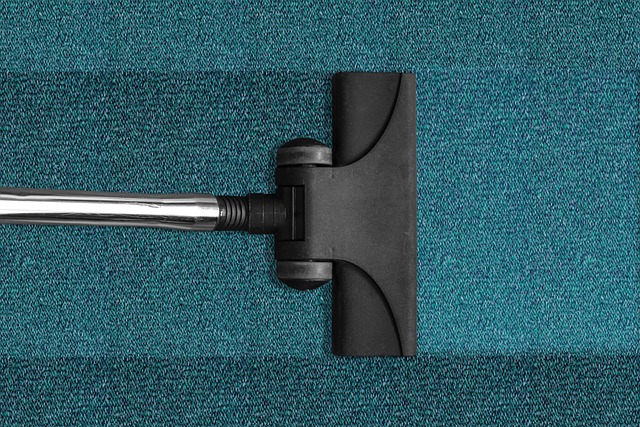
Rug cleaning isn’t one-size-fits-all, and understanding your rug types is key to effective care. Different rugs, from wool to synthetic fibers, have distinct properties and require specialized attention. For instance, natural fibers like wool are absorbent but prone to dye bleeding, necessitating gentle cleaning methods and specific detergents to preserve their colors. On the other hand, synthetic rugs may be more resistant to stains but can be more delicate when it comes to temperature settings during cleaning.
Knowing your rug’s composition helps in selecting the right cleaning techniques. Vacuuming regularly is a must for all types to remove dust and dirt. For deep cleaning, spot treatments are crucial for addressing specific issues. Professional rug cleaning services often offer tailored solutions, ensuring your valuable floor coverings remain vibrant and durable over time.
The Importance of Regular Rug Maintenance
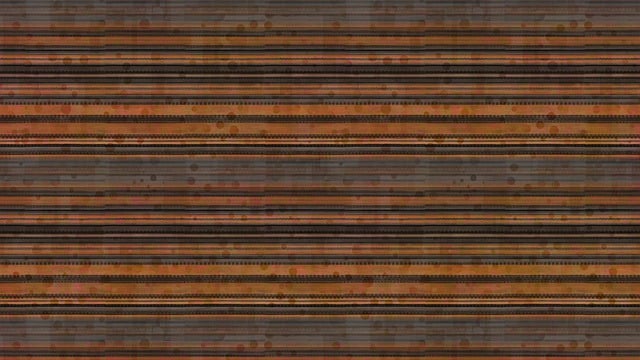
Regular rug maintenance is essential for preserving the life and appearance of your carpets. Over time, rugs accumulate dirt, dust, pet hair, and other debris, leading to staining, odours, and a decline in overall quality. Professional rug cleaning services use advanced techniques and specialised products to effectively remove these pollutants, ensuring your carpets remain clean and soft underfoot.
By investing in regular rug cleaning, you protect your investment and maintain the beauty of your home’s interior. It also extends the lifespan of your rugs, preventing premature wear and tear. A clean rug enhances the overall aesthetics of any space, making it a smart and practical choice for homeowners seeking to keep their homes looking their best.
Tools and Equipment for Effective Rug Cleaning
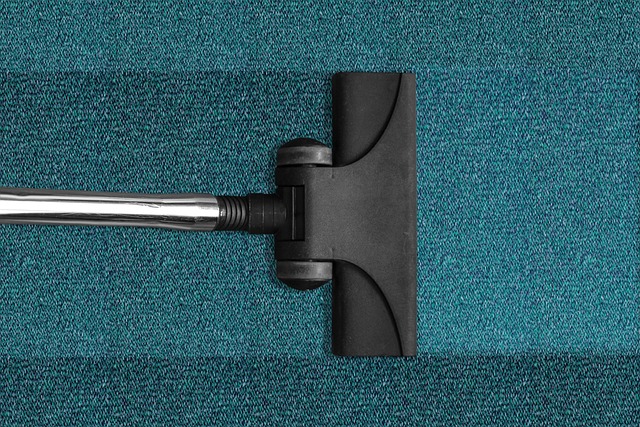
When it comes to effective rug cleaning, the right tools and equipment make all the difference. A thorough cleaning requires a combination of both traditional and modern methods. Start with a good vacuum cleaner designed specifically for rugs; look for models with powerful suction and adjustable settings to cater to different fabric types. For spot cleaning, invest in a set of specialized tools like brushes, carpet cleaners, and stain removal solutions. Microfibre cloths and sponge applicators are also invaluable for pre-treating stains and drying surfaces without leaving scratches.
Additionally, consider acquiring a rug shampooer or steam cleaner for deep cleaning sessions. These machines infuse hot water and detergent into the fibres, lifting dirt and debris, then extract them, resulting in sparkling clean rugs. Regularly maintaining your rug cleaning tools is essential to ensure optimal performance; keep brushes and nozzles free from blockages and replace filters as recommended by manufacturers. Properly equipped, you’ll be well on your way to achieving professional-level rug cleaning results in the comfort of your home.
Step-by-Step Guide to Hand Cleaning Rugs
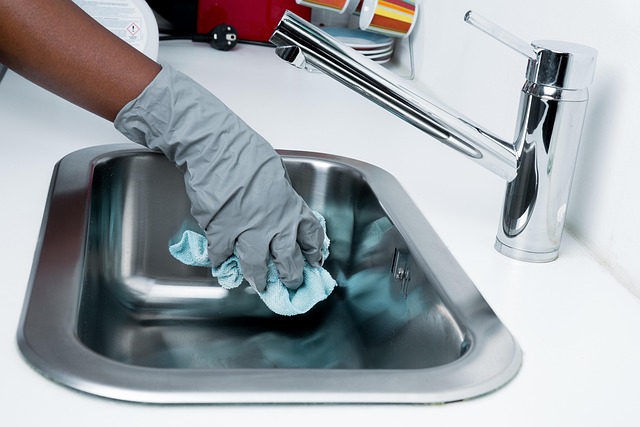
Hand cleaning rugs is a thorough and effective method for maintaining their beauty and longevity. Here’s a step-by-step guide to help you achieve optimal results:
1. Preparation: Remove all furniture from the rug’s surface. Then, gently vacuum the rug to remove dust, dirt, and debris. Ensure you use a low-pile setting on your vacuum cleaner to avoid damaging the fibers. For more stubborn stains, pre-treat them with an appropriate cleaning solution or stain remover before proceeding.
2. Mix Warm Water and Gentle Detergent: Fill a bucket or container with warm water and add a small amount of pH-neutral detergent designed for rug cleaning. Avoid harsh chemicals and over-diluting the mixture, as this can leave residue on the rug’s fibers.
3. Dip and Scrub: Submerge a clean sponge or cloth in the soapy water and wring out excess liquid. Gently scrub the rug with this damp cloth, focusing on one section at a time. Apply gentle pressure to avoid damaging the fibers. For especially tough stains, you can use a soft-bristled brush, but be careful not to agitate the fabric too much.
4. Rinse and Blot: After scrubbing, rinse the sponge or cloth in clean water and wring it out thoroughly. Then, blot the rug’s surface with this damp cloth to remove soap residue. Ensure you blot gently; rubbing can spread dirt and cause fiber damage. Let the rug air dry completely before replacing furniture.
5. Post-Cleaning Care: Once dried, rotate your rug periodically to ensure even wear patterns. Regular vacuuming and spot cleaning will help maintain its cleanliness between professional rug cleaning services.
Machine Washing: When and How to Do It
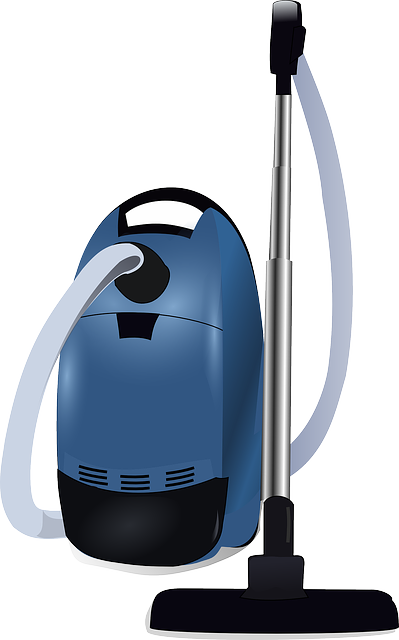
Machine washing can be a convenient and effective method for cleaning rugs, but it should be approached with care to avoid damage. This technique is best reserved for synthetic or wool rugs that are machine-washable according to the manufacturer’s guidelines. Before employing this method, check the rug’s care label for any specific instructions. Typically, this involves removing loose dirt and debris, then placing the rug in a washing machine with mild detergent, cold water, and similar settings used for delicate fabrics.
To ensure optimal results, use a mesh bag to protect the rug during wash cycles, avoiding high-speed spins that can cause shrinkage or tangling. After washing, gently squeeze excess water from the rug and allow it to air dry flat, away from direct sunlight, to prevent color fading or shrinkage. Regular machine washing can help maintain the appearance and hygiene of your rugs, but always prioritize appropriate care instructions for the best outcome in rug cleaning.
Professional Rug Cleaning Services: What to Expect
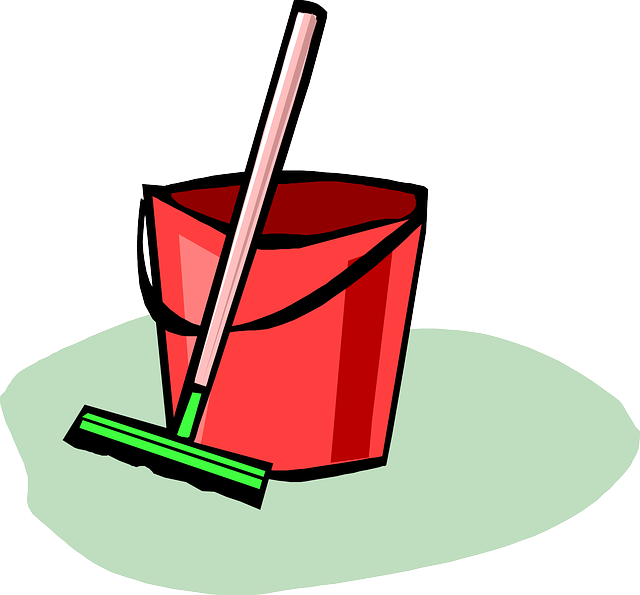
When considering professional rug cleaning services, expect a thorough and meticulous approach tailored to your specific rug type. These experts are equipped with specialized equipment and knowledge to handle various fabrics, from delicate silk to thick wool. They begin by inspecting the rug to understand its construction, fibers, and any existing stains or damages. This initial assessment ensures that the cleaning process is customized for optimal results.
The cleaning itself involves several steps, commonly including pre-treatment of stubborn stains, deep cleansing using hot water extraction or dry cleaning methods suitable for the rug’s material, and a final rinse to remove any residue. Post-cleaning, your rug will be dried thoroughly to prevent mold or mildew growth. Many professional services also offer additional treatments like deodorizing, spot treatment for recurring issues, and even re-stretching to ensure your rug looks as good as new once it’s returned to your home.
Drying and Curing Your Rug Post-Cleaning
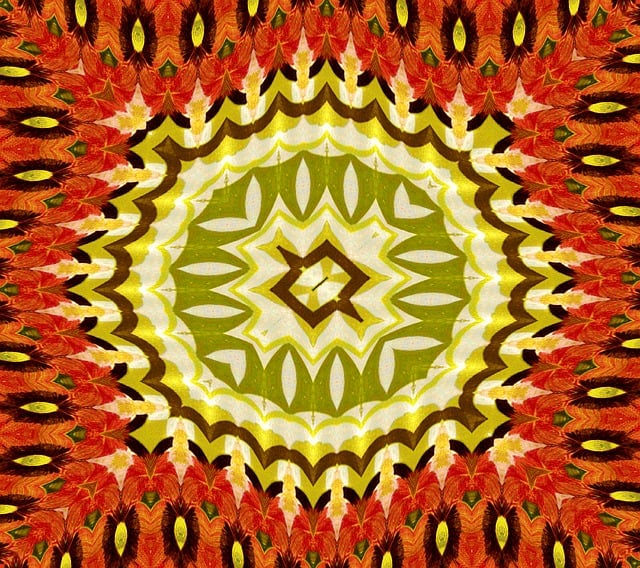
After a thorough rug cleaning, allowing your rug to dry and cure properly is crucial for several reasons. Rugs should be left alone to air-dry completely, as rapid or artificial drying can lead to shrinkage, wrinkles, or even damage to the fibres. The length of drying time depends on various factors such as the size of the rug, the type of fibre, and the cleaning method used.
During this period, ensure minimal foot traffic on the freshly cleaned rug to prevent dirt and debris from re-entering the fibres. Once dry, the rug will cure over a few days, allowing any residual moisture or chemicals to evaporate completely. This process ensures that your rug is not only clean but also safe for use and prolongs its lifespan, maintaining its vibrancy and texture.
Common Mistakes to Avoid During Rug Cleaning
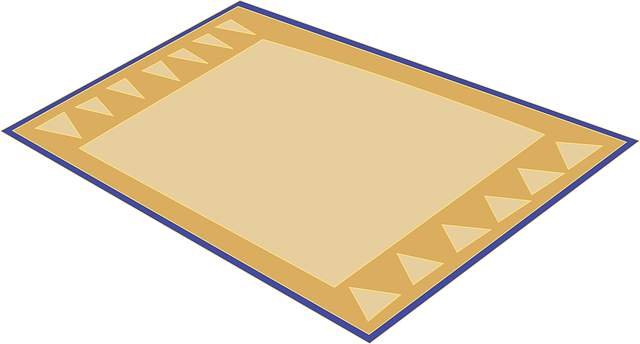
When it comes to rug cleaning, there are several common mistakes that homeowners often make. One of the most frequent errors is attempting to clean a rug without proper knowledge or tools. Using incorrect cleaning methods, such as excessive watering or harsh chemicals, can damage the fibers and diminish its lifespan. Always opt for professional rug cleaning services or invest in suitable equipment like vacuum cleaners with specialized attachments to avoid these pitfalls.
Another mistake to steer clear of is over-cleaning or under-cleaning. Overzealous scrubbing or using powerful detergents may cause the rug to fade or become misshapen. Conversely, neglecting regular cleaning can lead to deep-seated dirt and odors. It’s crucial to establish a balanced cleaning routine based on your rug’s material and traffic to maintain its beauty and ensure optimal health for both your home and the rug itself.
